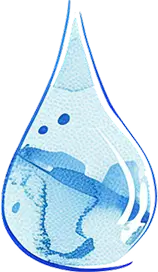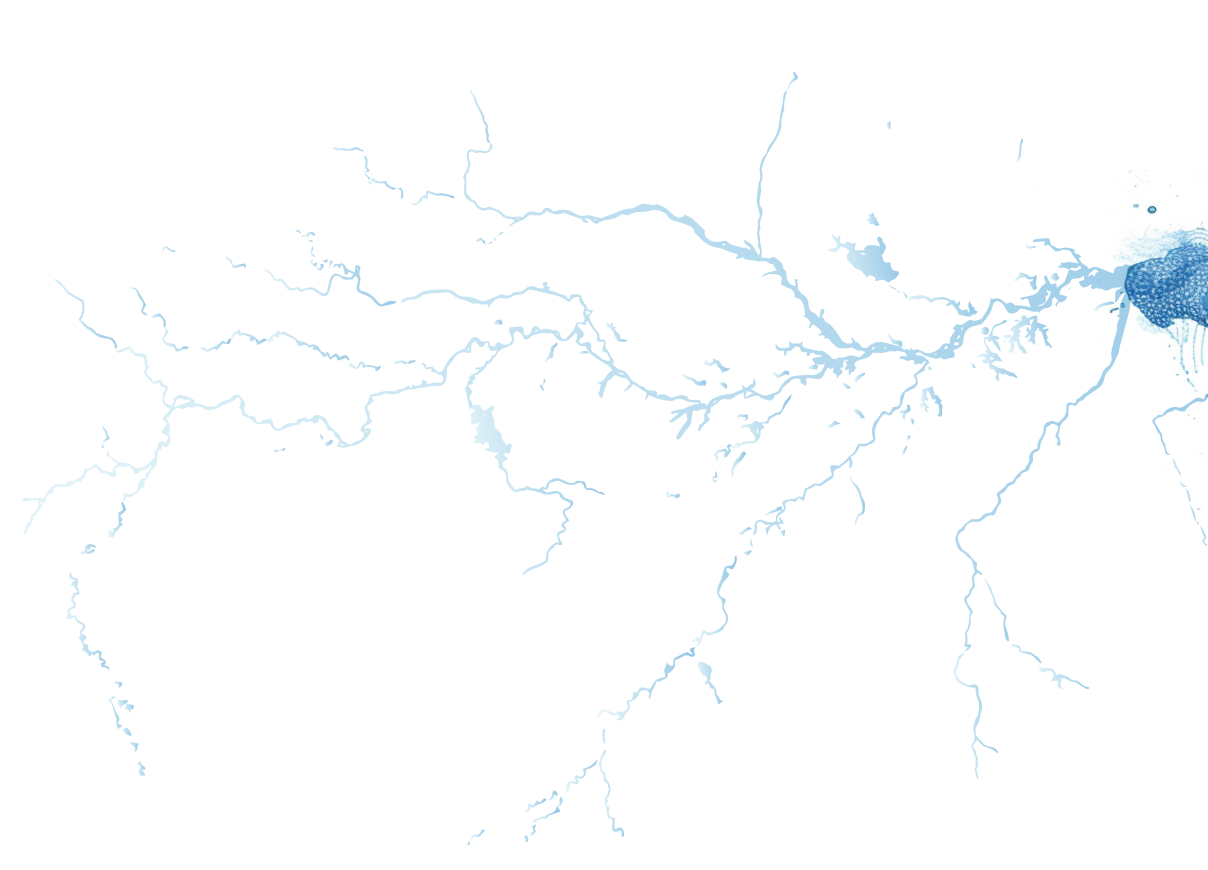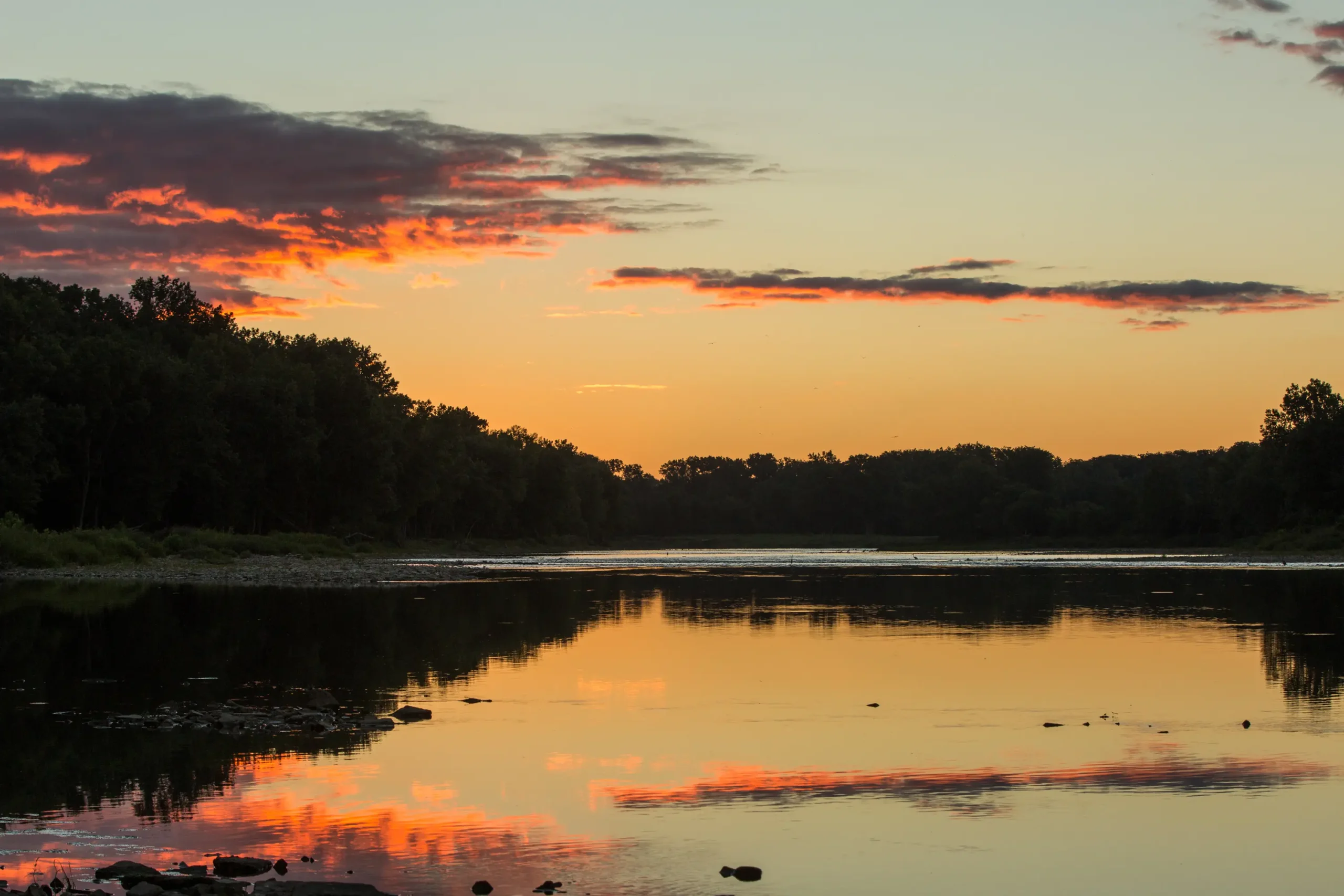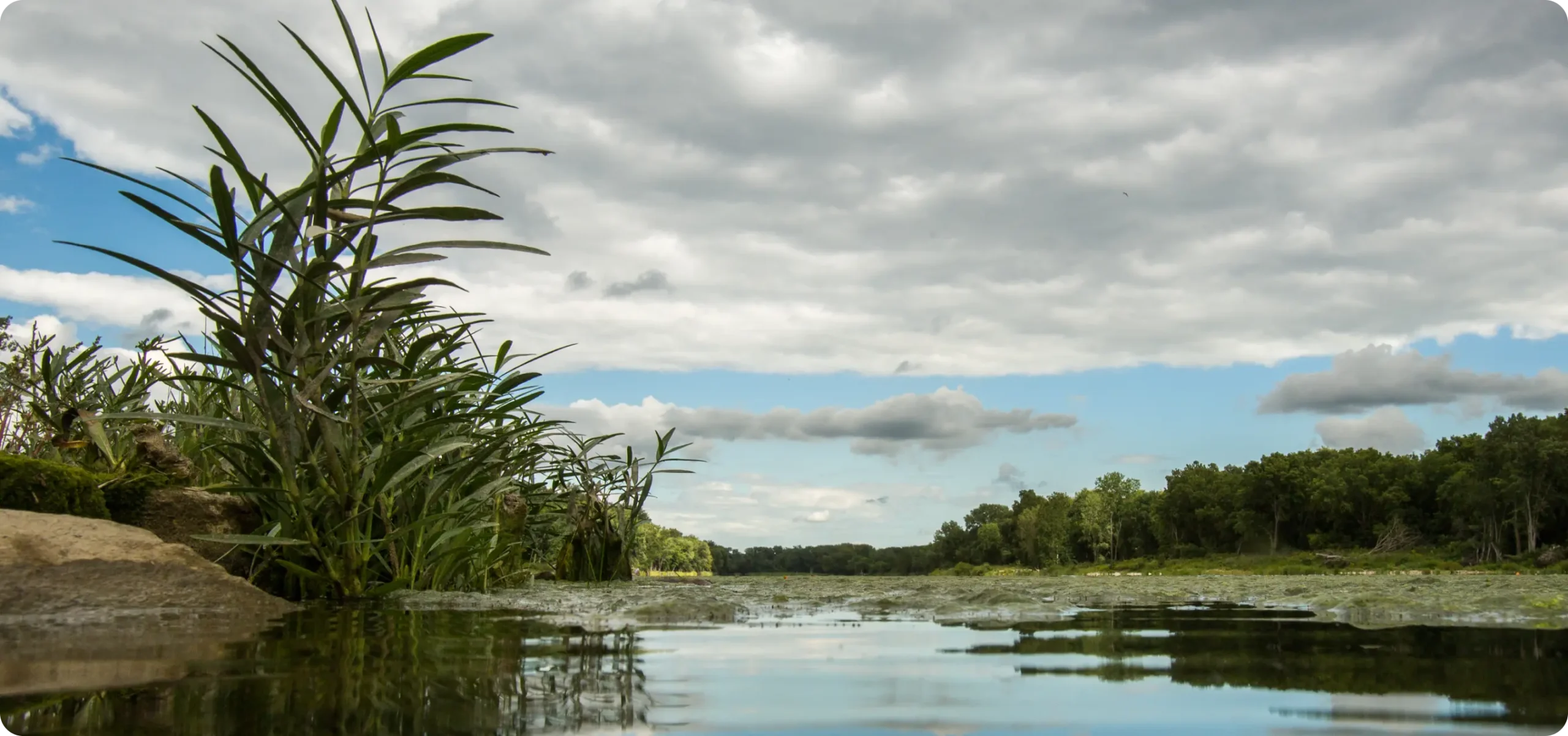
Freshwater ecosystems cover only about 1% of the planet’s surface but are home to over 10% of the species of the planet. Humans, other mammals, waterfowl, fish, frogs, aquatic plants, phytoplankton, zooplankton, and microorganisms like bacteria, depend on healthy, freshwater ecosystems. Freshwater ecosystems strongly influence the health of terrestrial and marine ecosystems as well. Likewise, the health of freshwater ecosystems is directly related and influenced by human activities in its catchment.



